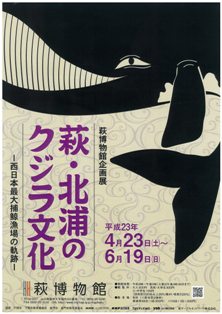 |
>> HOME |
|
|||||
■Japanese >> |
|||||
|
|||||
|
|||||
The whale was a leader of the Meiji Restoration! In 1853, Commodore Perry came to Japan to open Japan to foreign trade.At that time, a large number of American whaling ships were around the whale fishing grounds called the Japan Grounds.They wanted to secure replenishment ports where they could replenish their whaling boats with supplies.It was one of the reasons why America urged Japan to open trade with foreign countries.There were a lot of whales in the waters near Japan, resulting in leading Japan to the Meiji Restoration. |
||
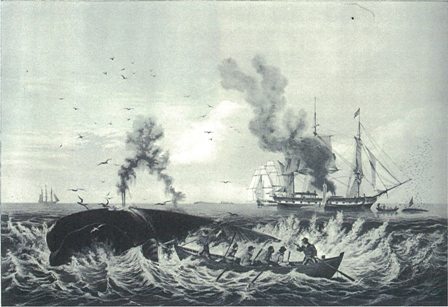 |
||
American Whaling Boats in Operation |
The whale was a very important livelihood! Before agricultural chemicals were produced, insect damage had a significant impact on rice farming and caused famine.The whale oil made from whales was essential for exterminating harmful insects.The whale brought about a good crop of rice.It goes without saying that our ancestors in the Hagi・Kitaura district got their livelihood from whales.
|
|||
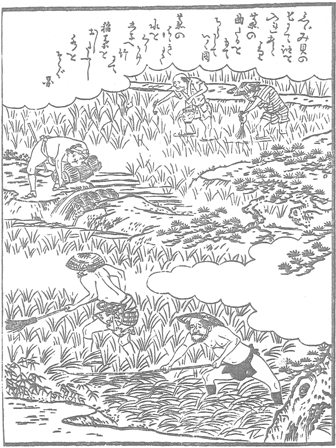 |
The Harmful Insects Extermination Using Whale Oil |
||
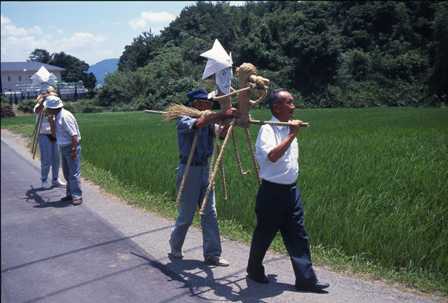 |
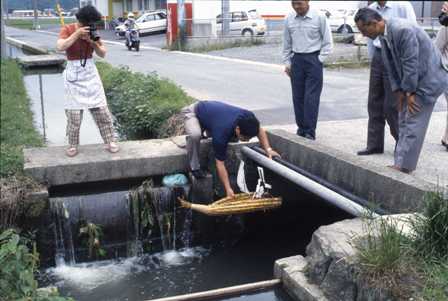 |
||
The Event of the Harmful Insects Extermination in the Hagi・Kitaura District |
|||
The whale culture took root! In the Hagi・Kitaura district, the day before the beginning of spring was called “Toshino-yo” and people thought of the day as the turning point of the year.It was customary for people to eat whales full of vitality so that they could age greatly on the day.Since old times, a lot of whales have come and gone around the waters near Hagi. |
||||
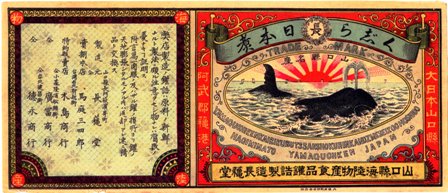 |
||||
|
||||
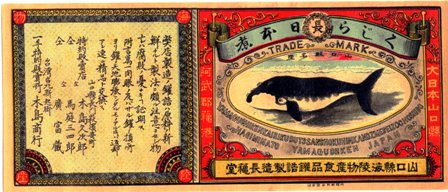 |
|
|||
“Boiled Whale in Japanese Style” cooked at Hamasaki town, Hagi during the Meiji Period |
||||
|
|
| ■Opening Hours | 9:00〜17:00 (Last admission 16:30) |
| ■Open Everyday | |
| ■Addmission fees | Adults-500yen College,Senior High School, University Students-300yen Primary & Junior High School Students-100yen 20% discount for a group consisting of at least 20 people and disabled people. |
| ■One-year Pass | Adults-1500yen College,Senior High School, University Students-900yen Primary & Junior High School Students-300yen |
| ■Parking Space is available for 66 cars and 8 buses. | |
| ■Enquiries | The Hagi Museum TEL:0838-25-6447 http://www.city.hagi.lg.jp/hagihaku/index.htm |
